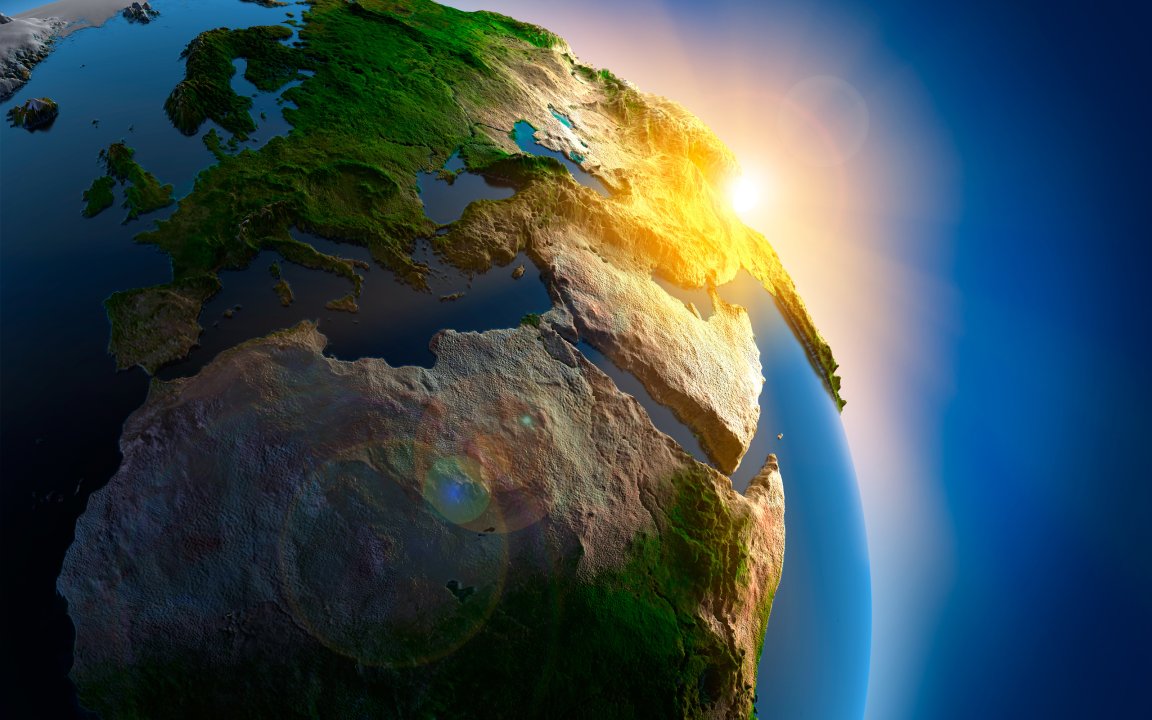

The Moon’s gravitational pull on Earth’s oceans creates high and low tides, and the ebb and flow of water upon shorelines not only entrances romantics and surfers everywhere, but it may also have helped aquatic organisms to adapt to life on land.
We know that the gravitational interactions among objects (both large and small) are responsible for shaping planets and moons in the solar system, as well as the stars and galaxies far beyond it. The pull of a larger galaxy on a smaller one can shear off mass, stripping away interstellar dust and even the stars themselves, and in so doing, deforming the smaller galaxy’s shape. The pull of stars upon other stars, too, can transform the shape of both—and destroy the planets that accompany them.
Nothing so drastic affects the solar system–yet. But research on the reasons behind mass extinctions on Earth, along with new discoveries about the origin and behavior of long and short period comets, point to the role played by the complex interplay among gravitational forces in the development (and extinction) of life on this planet.
Notably, while scientists have long known about the gravitational effects of objects within the solar system on each other, research reveals that tidal patterns also operate on a far vaster scale: massive gravitational forces from the heart of the Milky Way itself may have contributed to seeding the Earth with life—as well as to the periodic mass extinctions that followed.
The Role of Comets in Seeding (and Destroying) Life
Astronomers have long speculated that the building blocks of life on Earth may have arrived by way of comets, those icy objects from the farthest reaches of the solar system whose long, elliptical orbits bring them close to the Sun in orbital cycles ranging from decades to millennia. Though comets generally circle the Sun and head back out into space, they can also collide with planets—like ours.
These celestial visitors pock the Earth with impact craters large and small. Many of the largest ones are hidden by water and the changing features of the landscape. Scientists think that these kinds of large-scale impacts were responsible for the mass destruction of many of the Earth’s lifeforms on a cycle of around 30 million years.
But linking the fate of Earth’s lifeforms to the movement of comets involves connecting a complex series of dots that span both space and time.
Astronomers now know that many comets originate from the icy reaches of Trans-Neptunian Space—the farthest limits of the solar system beyond the orbit of the icy gas giant Neptune. Shorter period comets (those with cycles of less than 200 years) typically originate from the Scattered Disk, a region beyond the Kuiper Belt that’s populated by many small icy bodies left over from the formation of the inner planets.
Long period comets, though, come from the Oort Cloud, that mysterious, hypothetical sphere of protoplanetary material that many now believe to be the outer boundary of the solar system. Researchers note that although Oort Cloud objects account for only a quarter of the overall number of impacts, they are responsible for a disproportionate majority of the really large ones—those considered massive enough to cause large-scale extinctions such as the one that wiped out the dinosaurs.
But what causes Oort Cloud objects to head into the inner solar system on such a consistent cycle? Research points to the galactic tide—the pull of the Milky Way’s disk on the Oort Cloud as the solar system crosses the galactic plane every 30 million years or so. That passage coincides with the cycles of mass extinctions on Earth.
If all these dots are connected, there’s support for new theories that, in the solar system’s travels across the galaxy, the Milky Way’s gravitational forces pull strongly enough on the Oort Cloud to boot a few of its protoplanetary inhabitants into the inner solar system—and onto a potential collision course with planets there.
Not all mass extinctions are caused by comets, of course. But the traces left on Earth by those ancient visitors serve as a reminder that the solar system is part of the cosmic web that links one blue planet to the heart of the Milky Way.